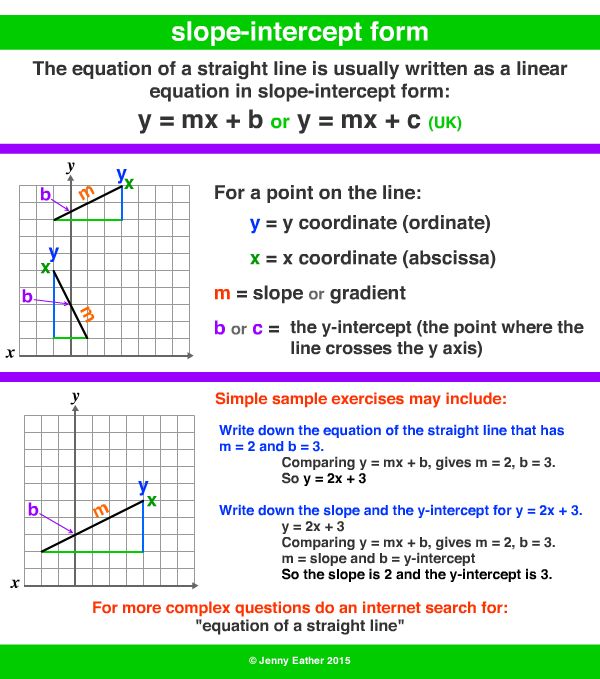

It would appear that serial (A-a)Do2 determinations best permit this identification and thus orderly application of ECMO. Ideal selection criteria must exclude those who would otherwise survive without ECMO, yet allow early accurate identification of the neonate certain to die. 2 The Aa gradient helps to assess the integrity of the alveolar capillary unit. It is an useful parameter for narrowing the differential diagnosis of hypoxemia. Among nonsurvivors successfully hyperventilated, the NPII could not predict mortality. 2, 1 or Aa gradient ), is a measure of the difference between the alveolar concentration ( A) of oxygen and the arterial ( a) concentration of oxygen. (A-a)Do2 greater than or equal to 600 torr for 12 hours demonstrated 93.8% mortality, and only 12% of all mortalities were thus excluded. If postductal (A-a)Do2 remained greater than or equal to 620 torr despite 12 hours of maximum medical therapy, mortality was 100% however, 35% of nonsurvivors were unfortunately excluded. Pharmacologic manipulation of pulmonary vascular resistance was attempted in 83%. Assuming the Patm, PH 2 O, and R are constant, we calculate his A-a gradient: A-a oxygen gradient (FiO2 x Patm - PH2O) - (PaCO2 R) - PaO2 A-a gradient (0.21) x (760-47) (55 0.8) 65 A-a gradient (149.73) (68.75) 65 A-a gradient 80.98 65 A-a gradient 15. The A-a gradient was developed based the relationship between alveolar-arterial oxygen tension: PAO2 equals PaO2 when ventilation and perfusion are. These infants with meconium aspiration syndrome (MAS), congenital diaphragmatic hernia (CDH), or persistent pulmonary hypertension of the newborn (PPHN) required maximum mechanical ventilation for hypoxia. Accordingly, an analysis of 50 consecutive severely hypoxic neonates was undertaken to assess the predictive value of (A-a)Do2 determinations and NPII in discriminating survivors from non-survivors. Both the Neonatal Pulmonary Insufficiency Index (NPII) and serial alveolar-arterial oxygenation gradient measurements (A-a)Do2 have been recommended. The expected A-a gradient can be estimated with the following equation: A-a gradient (Age + 10) / 4.

The Aa gradient is useful in determining the source of hypoxia. So there exists a physiologic A-a gradient that changes based on a patients age. Alveolar Arterial Oxygen Gradient (A-a gradient) is a measure of the difference between the Alveolar Concentration of Oxygen (PAO2) and the Arterial Concentration of Oxygen (PaO2). Current selection criteria necessary for intelligent application of extracorporeal membrane oxygenation (ECMO) in hypoxic neonates remains controversial. This mismatch is, in part, responsible for the slight difference in oxygen tension between the alveoli and arterial blood.


 0 kommentar(er)
0 kommentar(er)
